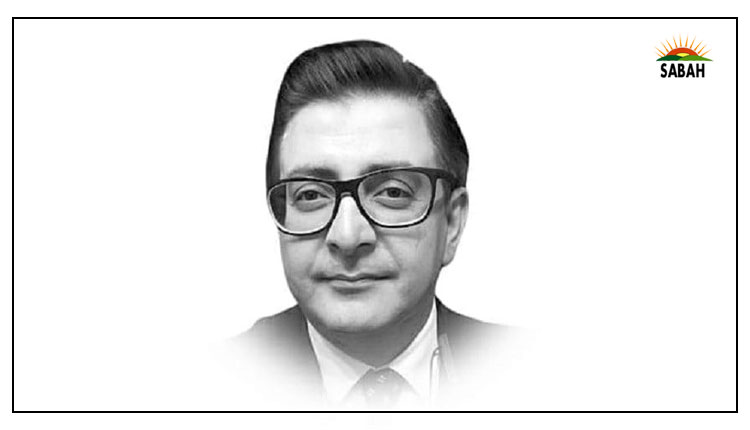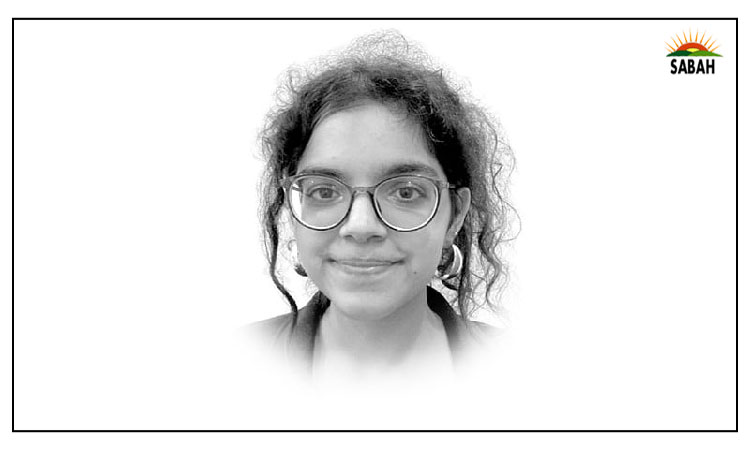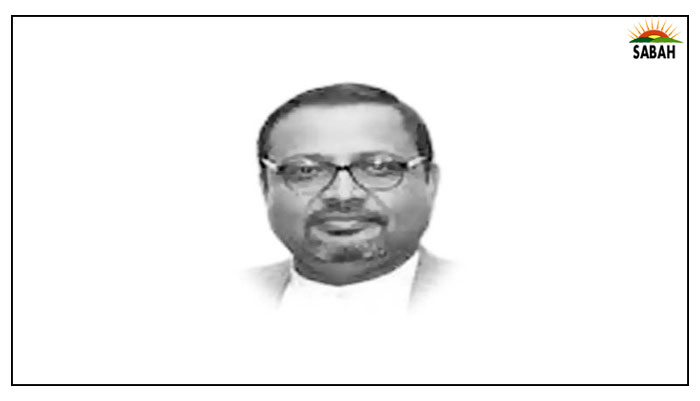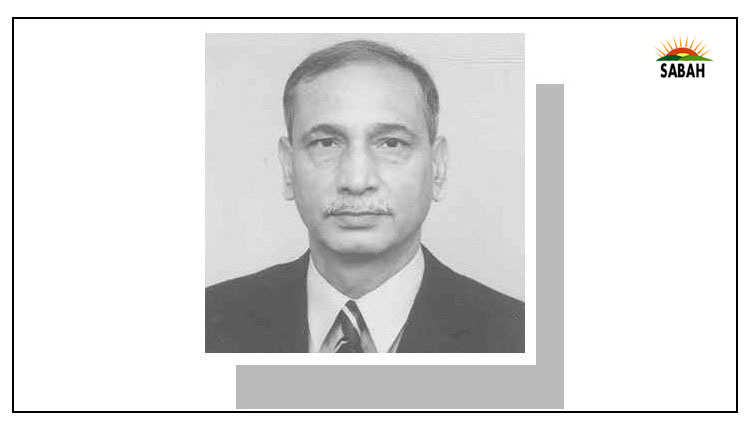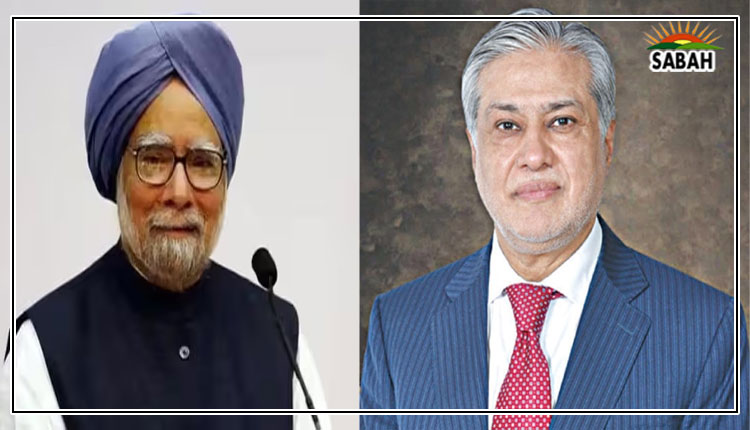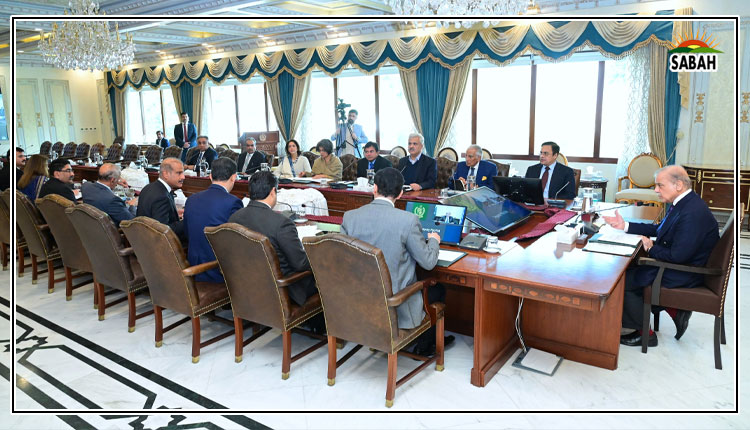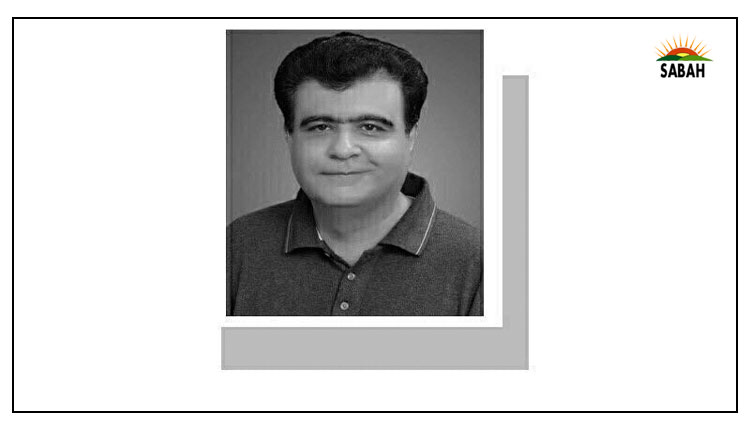Pakistan regionally…Dr Niaz Murtaza
WE lag economically even in South Asia. This lag is well-known but not its huge scale. To display that, I compare Saarc economies using World Bank data which runs up to 2022 and thus excludes our poor 2023 data. I focus on the state we left (India) and the one that left us (Bangladesh) to show our lag even against ones with similar DNAs.
GDP: South Asia (mean), Bangladesh and Indias GDP per capita in 2022 were about $2,200, $2,700 and $2,300, but ours was only $1,600. Their 10-year mean GDP growths were about six per cent but ours only 4.4pc and inflation was 5.3pc, 6.2pc and 5.6pc. Ours was 8pc (and 30pc inflation in 2023).
The investment-GDP ratio of the other three is 30pc but ours only 15pc. Only high investment and productivity ensure long-term high GDP growth. Our low ratio shows that our brief growth spurts under Musharraf, the PML-N and PTI came from high fiscal and external deficits and money supply growth and caused economic crises in 2008, 2018 and 2023.
External balance: We do worse here. Since 2000, we have had seven economic crises that led us to IMF against three for Bangladesh and none for India. This mainly reflects our poor exports, foreign investment and reserves flows.
South Asia, Bangladesh and Indias 10-year mean export-GDP ratios were about 19pc, 14pc and 21pc; ours only 10pc. Foreign reserves-external debt ratios were 69pc, 60pc and 82pc but ours only 20pc. Our current account deficit and foreign investment-GDP ratios are also the worst.
Public finance and debt: The regional data here is patchy. Indias recent tax-to-GDP ratio is about 20pc, ours 13pc and Bangladeshs 8pc. Yet its debt-GDP ratio was about 40pc in 2021 against 70pc for us, 80pc for India and 86pc for South Asia. But our 10-year debt service-exports ratio is 23pc vs only 12pc, 8pc and 11pc for South Asia, Bangladesh and India. Our education and health outlay ratios were the lowest but the defence outlay ratio the highest over 10 years.
A fair and productive economy remains a distant prospect.
Thus, on almost all key social and economic axes, we lag regionally. Even tiny Maldives ($11,000), Sri Lanka and Bhutan (both $3,000-plus) beat us on per capita GDP and Nepal on the human development index, leaving us ahead of only the Afghans. Why has the proud ideological fortress created with so much hype and hope done so much worse than less pretentious states?
We think we were on the way to being an economic star under dictators but got waylaid under civilians. This is humbug. All our regimes used non-durable local or foreign stimuli to achieve transient growth that bust soon. People argue that mean GDP growth under Ayub was 5.8pc but 4.8pc under Bhutto.
Even this is not a big fall. But take Ayubs first five years only to fairly match Bhuttos term, and his falls to 4.9pc. Ayub gained from a booming global economy (capitalisms golden age), huge US aid and unfair milking of the Bengalis. Bhutto had oil shocks, global stagflation and big floods but not aid.
Yet Bhutto did better than Ayub on most key axes: poverty rose under Ayub but fell under Bhutto; our export-GDP ratio was only about 7pc under Ayub but 12pc under Bhutto (it being highest in the civilian 1990s at 16pc); the trade-deficit-GDP ratio was about -7pc under Ayub but only -4pc under Bhutto and investment growth only 12pc under Ayub but highest ever at 35pc under Bhutto.
His public investment fuelled high growth even under Zia initially before US aid became a transient stimulus. But there were big issues with Bhuttos autocratic era too. For example, nationalisation was overdone and state units badly run by a harassed and deskilled bureaucracy.
Later regimes, too, all used non-durable local and/or external stimuli to provide transient growth. But civilians faced the worst external shocks (2008 and Covid-19 global crises) and legacies from eras where the establishment dominated. The result is an unproductive, elitist and patronage-led economy run on transient stimuli and thus crisis-prone. How can change come?
In India and Bangladesh, civilians run the economy and politics. So, the establishments hold in both realms must end. Civilians must then turn a patronage-led economy into a merit-led one. But our civilian leaders are more elitist than middle-class ones in the other two states.
Even our main middle-class ones offer empty populism. The best they may do if facing collapse is to turn a rapacious economy run by the Ishaq Dars and Shaukat Tarins into only a slightly better neoliberal one run by the Miftah Ismails and Shamshad Akhtars that is less crisis-prone yet more anti-poor and thus more conflict-prone. So, a fair and productive economy remains a distant prospect. The forces that can create it are still too weak.
Courtesy Dawn



